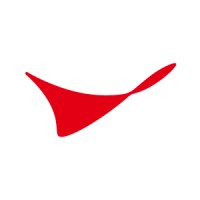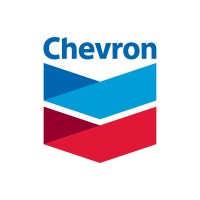Company Cyber Security Posture
NANA
NA Company Details
NA
NA
NA
NA
NA
NA
Scan still pending
NA
NA
Between 200 and 800
This score is AI-generated and less favored by cyber insurers, who prefer the TPRM score.
 NA Global Score
NA Global Score.png)

Company Scoring based on AI Models
| Model Name | Date | Description | Current Score Difference | Score |
|---|---|---|---|---|
| AVERAGE-Industry | 03-12-2025 | This score represents the average cybersecurity rating of companies already scanned within the same industry. It provides a benchmark to compare an individual company's security posture against its industry peers. | N/A | Between 200 and 800 |
Company Cyber Security News & History
| Entity | Type | Severity | Impact | Seen | Url ID | Details | View |
|---|
Company Subsidiaries

NA
Access Data Using Our API

Get company history
.png)
NA Cyber Security News
SLB and Palo Alto Networks expand collaboration to strengthen cybersecurity for the energy sector
Global energy technology company SLB (NYSE: SLB) and global cybersecurity leader Palo Alto Networks (NASDAQ: PANW) announced they are ...
Schlumberger Completes Merger with Cameron
Schlumberger Limited announced today that it closed its merger with Cameron International Corporation.

NA Similar Companies

PEMEX
Petróleos Mexicanos es la mayor empresa de México, el mayor contribuyente fiscal del país, así como una de las empresas más grandes de América Latina. Es de las pocas empresas petroleras del mundo que desarrolla toda la cadena productiva de la industria, desde la exploración, hasta la distribució

ConocoPhillips
We are a global oil and gas company tasked with an important job—to safely find and deliver energy for the world. We’re experts in what we do—from the well site to the office. Across our operations and activities in 13 countries, we never forget our responsibility to be a great neighbor, and a gre

Enbridge
At Enbridge, our goal is to be the first-choice energy delivery company in North America and beyond—for customers, communities, investors, regulators and policymakers, and employees. We also recognize the importance of a secure, reliable and affordable supply of energy, which we deliver every day th

AREVA NP
On 04 January 2018, AREVA NP, became Framatome, a designer, supplier and installer of nuclear steam supply systems. Framatome contributes to the design of power plants, supplies the nuclear steam supply system, designs and manufactures components and fuels, integrates the instrumentation and control

Chevron
Our greatest resource is our people. Their ingenuity, creativity and collaboration have met the complex challenges of energy’s past. Together, we’ll take on the future. We support the LinkedIn Terms of Use (User Agreement), and we expect visitors to our page to do the same. We encourage open, liv

NOV
NOV delivers technology-driven solutions to empower the global energy industry. For more than 150 years, NOV has pioneered innovations that enable its customers to safely produce abundant energy while minimizing environmental impact. The energy industry depends on NOV’s deep expertise and technology

Frequently Asked Questions
Explore insights on cybersecurity incidents, risk posture, and Rankiteo's assessments.
NA CyberSecurity History Information
How many cyber incidents has NA faced?
Total Incidents: According to Rankiteo, NA has faced 0 incidents in the past.
What types of cybersecurity incidents have occurred at NA?
Incident Types: The types of cybersecurity incidents that have occurred include .
Additional Questions
What Do We Measure?
















Every week, Rankiteo analyzes billions of signals to give organizations a sharper, faster view of emerging risks. With deeper, more actionable intelligence at their fingertips, security teams can outpace threat actors, respond instantly to Zero-Day attacks, and dramatically shrink their risk exposure window.
These are some of the factors we use to calculate the overall score:
Identify exposed access points, detect misconfigured SSL certificates, and uncover vulnerabilities across the network infrastructure.
Gain visibility into the software components used within an organization to detect vulnerabilities, manage risk, and ensure supply chain security.
Monitor and manage all IT assets and their configurations to ensure accurate, real-time visibility across the company's technology environment.
Leverage real-time insights on active threats, malware campaigns, and emerging vulnerabilities to proactively defend against evolving cyberattacks.




